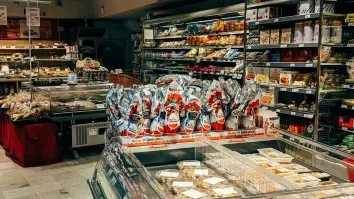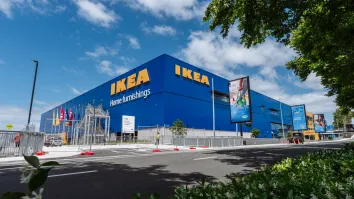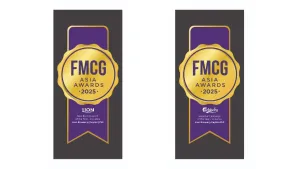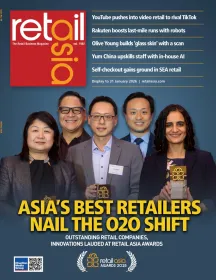
Asia Pacific and Australasia to lead e-commerce charge in 2025
Euromonitor expects e-commerce growth to continue even after the pandemic subsides.
The Asia Pacific and Australasia region is set to become the e-commerce powerhouse in the coming years, with sales opportunities of over $68.5b, according to Euromonitor International.
“Mobile shopping and digital commerce have become new common practices for consumers who are healthier, more fitness-centric, and value experiences over tangible goods,” said Euromonitor Senior Analyst Emily Leung.
The region will account for more than 45% of global e-commerce growth from 2020 to 2025.
Asian countries, in particular, are amongst the fastest developing e-commerce markets. In 2020, e-commerce sales expanded by $187.2b in Asian markets and $3.5b in Australasia as the pandemic continued. Together, they accounted for 48% of the global e-commerce market value.
Euromonitor expects food and drinks online sales for the regions to nearly double to $172.8b in 2025, noting that there is 57% unmet e-commerce opportunities in fresh food, alcoholic drinks, and packaged food products.
“The Asia Pacific and Australasia have been at the forefront of e-commerce innovations and developments due to a largely digitally-savvy population who are very willing to adopt and adapt to new retail technologies and concepts. The pandemic led companies in this region to make even bigger investments not only in digital, which included developing the website experience, adding direct-to-consumer operations and partnering with delivery services, but also in improving their last mile and fulfilment capabilities,” it said in its report.
However, the shift to e-commerce is not without structural challenges. Euromonitor noted that e-commerce previously had a mostly transactional role as most consumers preferred going to physical stores to shop.
“The purpose of these two channels was evolving, but the crisis accelerated this shift and gave a preview of a world where consumers only visit stores to transact and instead turn to digital channels to shop. Whilst this is unlikely to be the exact reality as social-distancing measures are eased, the intensity of the crisis has brought these once looming challenges into greater focus,” Euromonitor said.
Retailers are also challenged to reimagine the role of their physical store in the digital era.
Then there are rising fulfilment costs, the potential environmental impact of e-commerce, and the adoption of technology to automate certain retail processes.
Key opportunities for e-commerce in the APAC region are digital wallets, live selling and the establishment of online groceries.
Aside from the previously transactional role of e-commerce, key challenges include cross-border transactions, delivery costs, and delivery speed.



















 Advertise
Advertise






